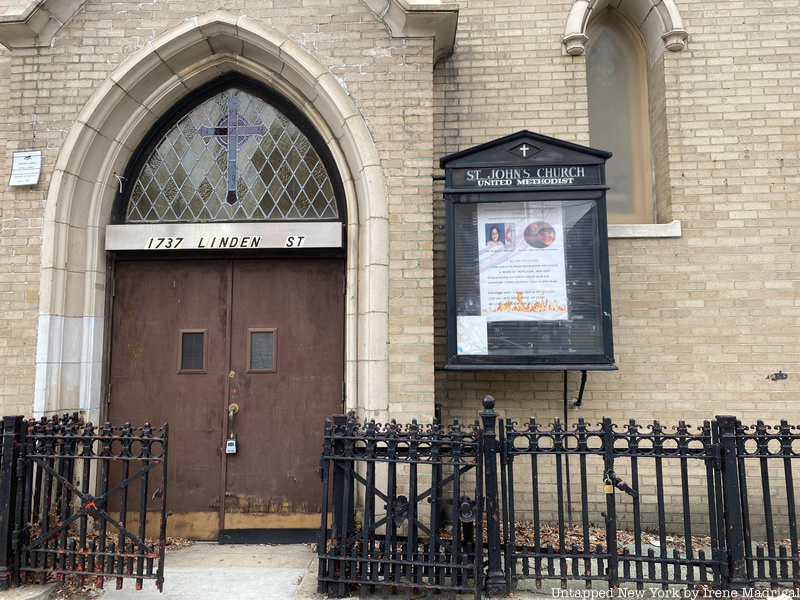5. Ridgewood has 10 national historic districts and 4 landmark districts

In 1983, ten national historic districts were established throughout Ridgewood and listed on the National Register of Historic Places. Examples of these districts include Cornelia-Putnam, Fresh Pond Traffic, Seneca Avenue, Summerfield Street Row, and Cypress Avenue West —which includes St. John’s United Methodist Church — among others. One of the neighborhood’s most notable historic districts is Central Ridgewood, which features 990 buildings constructed between 1895 and 1927. Most of these structures consist of two-story brick row house dwellings with one apartment per floor. Characteristic features of the buildings include rounded bay front facades and shades of speckled brick for the exterior derived from a mix of the Renaissance Revival and Romanesque Revival styles.
The Central Ridgewood Historic District also occupies land that was once divided between several of New York City’s most prominent families such as the Wykoffs, Duryeas, Woodards, and Debevoise. As a result, the district holds the remains of these families’ homes, one of these being the John C. Debevoise House, which in 1974 was demolished and turned into a senior center. Other former historical sites in the district include the Queen’s Labor Lyceum, a social club for local workers which closed in 1975. In addition, Ridgewood also possesses four landmark districts. One such district is the Stockholm Street Historic District, which was designated in 2000 and contains the only remaining brick street in Ridgewood.





